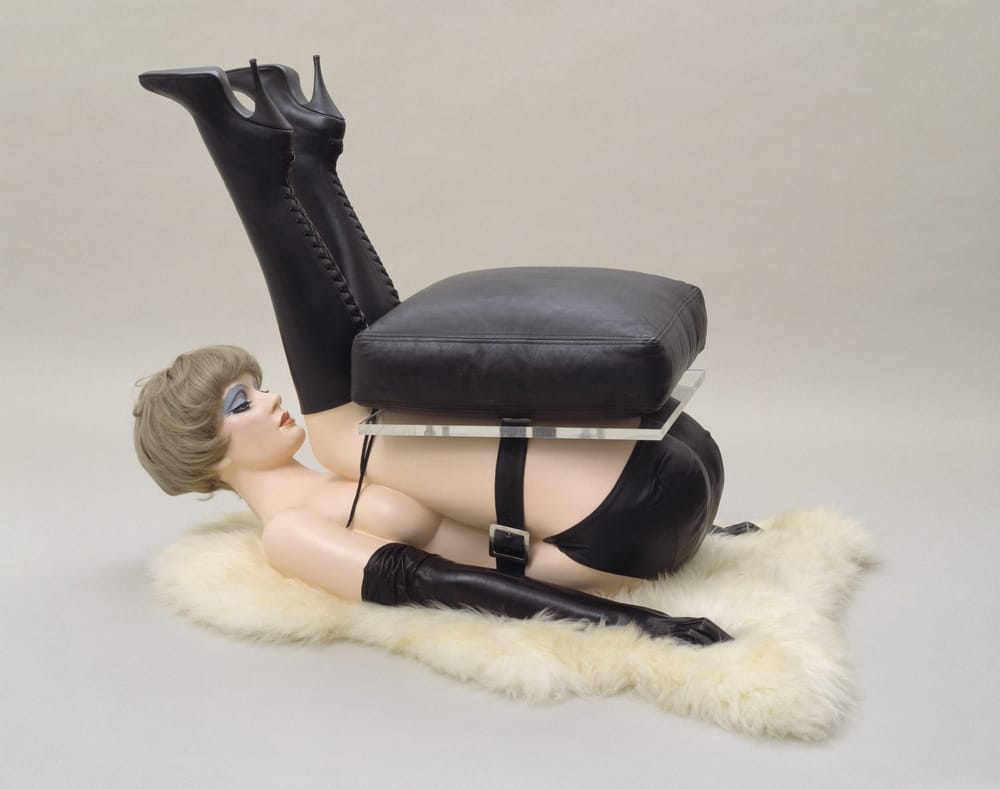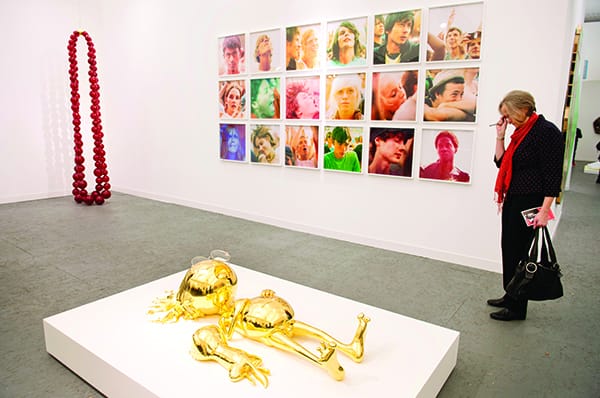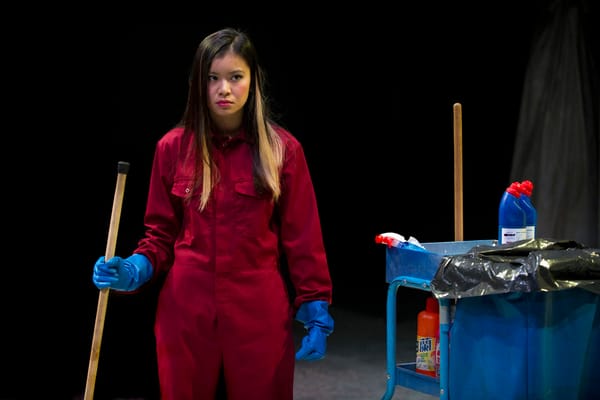Extreme Art Attack
Fred Fyles witnesses the destruction

What: Art Under Attack: Histories of British Iconoclasm Where: Tate Britain, SW1 When: Until 5th January 2014 Price: £13.10, £11.30 concessions, members free
In an art world full of controversy, it can be difficult to find a work that truly hits you on a gut level. Hirst’s flies and rotting meat? Old hat. The Chapman Brothers’ horrors of war? Been there, done that. But at the Tate Britain’s latest exhibition, Art Under Attack: Histories of British Iconoclasm, there is a work that still manages to pack a punch: a life-sized statue of Jesus from the 16th Century, discovered in Mercers’ Hall in 1954.
The work is sublime, with an incredible attention to detail, but what makes it special is what the statue is missing — protestant reformers have hacked off the feet, legs, and right arm, leaving the face untouched, wearing an expression of pain and anguish, almost as if in reaction to what has been done. This forms the centrepiece of a beguiling and tragic exhibition which explores the role of destruction in artwork.
Iconoclasm — from the Greek for “image-breaking” — refers to the deliberate destruction of a culture’s own monuments and artworks, and is a word loaded with religious and political meaning. The first section of the exhibition cuts a familiar path through the reformation of the 16th and 17th centuries, as Henry VIII broke away from the Catholic Church. In the years that followed, a systematic campaign destroyed the majority of the country’s religious art; what resulted was one of the biggest losses to ever happen to Western art.
There are paintings of The Assumption with Mary’s face viciously scratched out, fragments of beautiful rood screens, and smashed stained glass. It is like seeing the casualties of war, and, as if witnessing some kind of atrocity, it takes all my strength not to look away. The damage to the works is not half-hearted; some of the sculptures, hewn from stone and iron, have had axes and pikes turned on them, in a display of brutal force.
Yet some of the other works show how the public were occasionally vehemently opposed to these practices. We are told how the doors to Canterbury Cathedral had to be sealed to prevent the locals stopping the destruction; a painting, beautiful in its austere detail, shows the stripped down interior of the cathedral. In the centre are a group of reformers, and at first it looks like they have just finished a meeting, but then your eyes are drawn to the edges of the picture, and the heart sinks as you see men with pikes systematically smashing the famous stained glass windows.
It is works like this that form the best and most arresting part of the exhibition. Unfortunately the next section doesn’t quite live up to this, neither the works involved nor in terms of emotional baggage. The second section consists of art and monuments destroyed for political reasons, and although an interesting topic, the visual experience leaves much to be desired. The layout of the this section, which juxtaposes images of the monuments that were destroyed with pieces of rubble taken from the scene, fails to impress, and the section on the suffragettes tones it down even more, showing only photographs of the images they attacked.
The attack on The Rokeby Venus by Mary Richardson forms the focal point of the room; the painting has formed the archetype of the European female nude, while the attack is arguably the most well known of the suffragettes’ vandalism, and the reasons behind it are clear — why are such works, displaying inanimate representations of women, fêted by society, while real women, most notably the legendary Emmeline Pankhurst, were abused by society.
The focus of the exhibition then shifts away from political protest, into aesthetic actions, and it is here that the exhibition really falls down. Showing works by Allen Jones, Reg Butler, and Carl Andre that were at one point vandalised but are now repaired seems somewhat pointless, and the political reasons behind these attacks seem at times flimsy and irrational.
The final two rooms look at the role destruction has in the artistic world, both through direct destruction and the subversion and transformation of existing artworks. The work by Gustav Metzger, including a video of his now-legendary Acid Action Painting performed at the Southbank, in which he sprays acid onto a sheet of nylon, is a highlight, a paradigm of auto-destructive art. Pieces by The Chapman Brothers, in which they paint over historical portraits, question what ownership means in art, but lack the visceral punch of works such as Ai Weiwei’s destruction of ancient Chinese pottery. Mark Wallinger removes the meanings in films by cutting away most of the image, while Michael Wilkinson unspools magnetic tape in order to form abstract sculptures, showing how art can be appropriated to create new works. John Stezaker’s work — always a welcome presence at any gallery — makes a brief appearance with pieces from his Mask series, in which photos are spliced together with a cutting degree of wit. But overall the section feels arbitrary, as though the pieces have been chosen at random.
The act of iconoclasm is a controversial, reactionary one, which is both exciting and horrific. It would be fantastic if the exhibition reflected this. But while it starts out well, it soon begins to lose its way, meandering between grandiose political statements and meaningless acts of vandalism, before ending up with a confused collection of new artworks. With its numerous photographs and blocks of text, this feels more like a history lesson than something to get the heart racing; it is an interesting lesson, but a lesson nonetheless.










